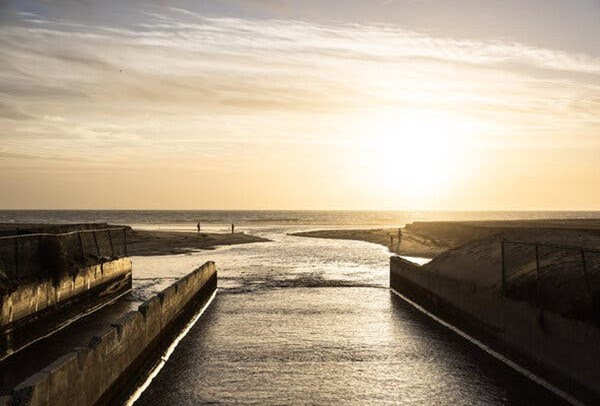California Federation of Republican Women
Officially Chartered by the National Federation of Republican Women
and the California Republican Party
From the Desk of Mary Ervin, CFRW President
Submitted by Jeanne Solnordal, CFRW Legislative Analyst
October 31, 2023
FEEL FREE TO SHARE THIS INFORMATION WITH YOUR CLUB MEMBERS,
IN YOUR NEWSLETTERS AND ON YOUR WEBSITES
Let's Talk About Water!

Though many believe that the increase of freshwater flow through the delta is a waste of water to protect smelt, the main reason for the freshwater outflow is to decrease salinity in the delta in general, not just for delta smelt. In fact, maintaining proper salinity is helpful to the farmers as well, as it prevents saltwater from being pumped into agricultural land. Increasing the freshwater flow into the delta puts salmon and other endangered fish at risk.
State water agency waives controversial Delta order
Jon Rosenfield, science director with San Francisco Baykeeper, said the water board is “acknowledging what we knew all along — that there is no drought emergency & eliminating minimum flow requirements that protect water quality, fish, and wildlife is not in the public interest.”
Smelt versus Salmon


Watching California Water wash out to sea!

This reservoir on the Sacramento River has been planned for decades. What’s taking so long?

Last century, California built dozens of large dams, creating the elaborate reservoir system that supplies the bulk of the state’s drinking and irrigation water. Now state officials and supporters are ready to build the next one.
The Reservoir is planned to be built in a remote corner of the western Sacramento Valley. In 2014 Proposition 1 was voter approved. The water bond authorized $2.7 billion for new water storage projects.
Still, reservoir construction remains almost a decade away. Acquisition of water rights, permitting and environmental review are still in the works. Kickoff of construction, which includes two large dams, had been scheduled for 2024, but likely will be delayed another year. Completion is expected in 2030 or 2031.
The project called – Sites Reservoir would store as much as 1.5 million acre-feet of Sacramento River water and could eventually boost water supplies — especially in dry years — for more than 24 million people, mostly in Southern California, and 500,000 acres of Central Valley farmland. The reservoir is now projected to cost $4.4 billion, with Prop. 1 covering up to $875 million and much of the rest coming from federal loans to water suppliers.
For years, state lawmakers, farm representatives and city water suppliers have bemoaned the fact that the reservoir hasn’t been built yet, and their criticism has escalated during rainy periods.
In less than two weeks of storms last month, Sites could have captured 120,000 acre-feet of water, enough to serve about 1.3 million Californians for a year, according to water agencies supporting the project.
Rep. John Garamendi, a Democrat from Walnut Grove, is one of many long-time Sites advocates who have grown impatient waiting for the new reservoir.
“California just received 22 trillion gallons of rainwater last month, which could have filled Sites and provided a greater supply of water for the dry months,” Garamendi told CalMatters.
Jerry Brown (not the former governor of the same name) of the Sites Project Authority, which represents local water districts pursuing the project, said it takes many years to develop and plan projects of this scale.
“My personal rule of thumb is that for every year of construction you spend about three years in the planning-permitting-
SoCal has a new water storage project in the Mojave Desert

LA Times reported on October 29, 2023, that a solution to help bolster water in SoCal, has taken place in the Mojave desert. Water is being transported via canals and pipelines and has begun flowing into basins carved into the desert. These underground reservoirs will be available to draw during dry times.
This facility, called the High Desert Water Bank, began taking in water last month. Water is diverted from the East Branch of the California Aqueduct where it percolates into the desert soil and recharges the ground water.
See the State’s Master Water Plan: Master Water Plan

The future of water management in the 21st century is to identify new ways to store water in the ground during wet years so it can be accessed when we have dry conditions.
